Generally, I don’t like to visit military-type museums… the glorification of war and violence isn’t something I find particularly interesting. Though I will say that war defines nations, peoples, and brings about progress and innovation at a fast pace. It also happens to destroy and subjugate people who might otherwise think differently and bring about change. < rant over />
But, while outside the Museo Militar de Colombia Bogota I practised my Spanish with the soldiers who stand guard outside the building and they all seemed really nice and polite so I decided to check out the museum to see why so many people were interested in what is inside.
Inside are a lot of weapons and the museum focuses heavily on Colombia’s struggle for independence.
Colombia has an interesting military history when placed within the backdrop of politics and into the puzzle of Latin American history; you can’t look at the military history of one Latin American country without understanding how they all fit together. The defining time periods within Colombian history are: the Pre-Colombian Era, the Spanish Colonial Era, and the Era of Independence… and all of these are interwoven into the histories of Bolivia, Venezuela, Panama, Ecuador and Peru. Add to this an interesting mix of different races (European, Criólles, Indigenous American, African) who all had different views on how South America should be governed and by whom.
One of the key figures in the independence of Latin America is the Venezuelan Simón Bolívar. Before Simón, other revolutionary leaders like Francisco de Miranda failed to unite the populace to rise against Spanish rule, mostly because the wealthy benefited from Spain’s generous free trade policies. Bolívar appealed to the one thing that all people in South America had in common: the fact that they were all born in South America and they should unite as a common people to achieve Pan-Americanism.
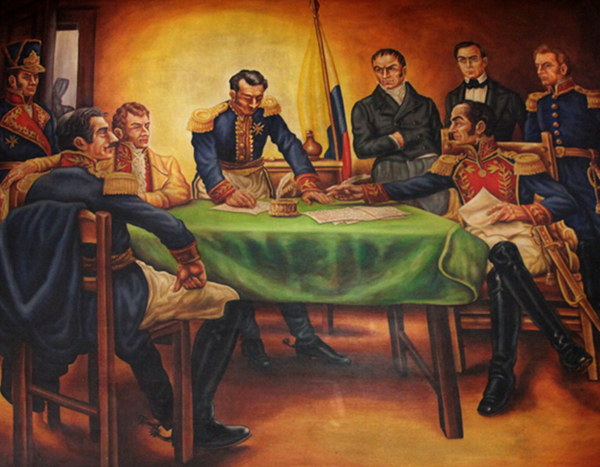
He also had another thing that worked to his advantage; in Europe, Napoleon Bonaparte had most of the colonial powers focused on the Peninsular War and not on the struggles in the colonies. Spain was ruled by Bonaparte’s brother Joseph and the two saw more benefit to an independent South America over one ruled by a Spanish monarchy. As such, the fight for Independence in South America came swift and while unsuccessful in previous years, Bolivar was able to eventually lead Venezuela, Colombia (with Panama), Ecuador, Peru, and Bolivia to independence as a union of states known as Gran Colombia.
Independence didn’t come as smoothly as I just wrote. After the Napoleonic Wars ended in 1815, Ferdinand VII was restored to the throne in Spain and decided to retake most of northern South American colonies with the help of loyal colonial troops. Over the next few years, there was a lot of back and forth as the Spanish and Latin American’s fought over New Granada.
There are a few stories of martyrs and folk heroes that came out of this Latin American fight for independence… and one thing that I learned about Colombians during my visit is they love a good story. One of the women from the era was already mentioned in this post: Policarpa Salavarrieta. Policarpa Salavarrieta was a Colombian seamstress who doubled as a spy during the Spanish Reconquista. She was betrayed by her lover Alejo Sabaraín and executed by Spanish Royalists (1817). She has appeared on both Colombian stamps and banknotes.
Another martyr is Antonio Ricaurte, a Captain in Bolívar’s army who died during the Battle of San Mateo (1814). During the battle, Ricaurte was tasked with keeping Simón Bolívar’s house in Valles de Aragua out of the hands of Royalists, because the house was being used as Bolívar’s principal ammunition depot. When it looked like Patriots were going to lose the battle and as Royalists approached the house, Ricaurte set one of the barrels of gunpowder on fire and blew himself up with a large number of Royalists. This was the turning point in the battle for the Patriots, who later won the battle. Ricaurte is remembered in the last verse of Colombia’s National Anthem.
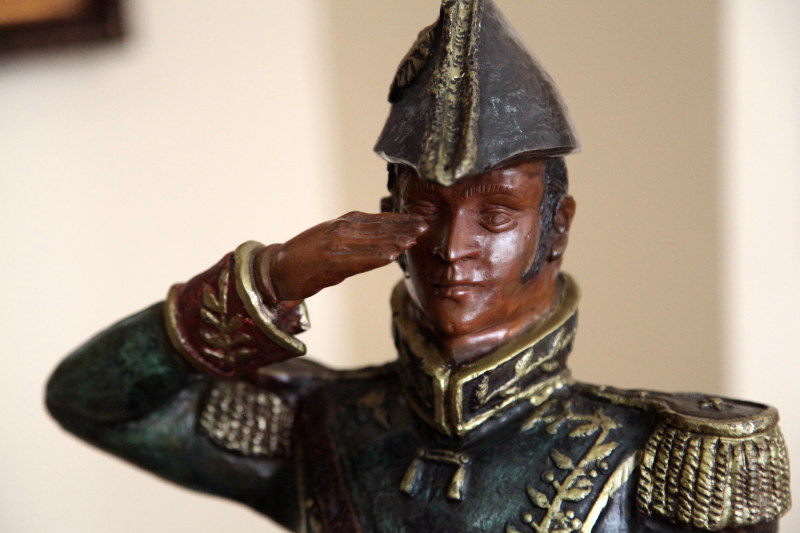
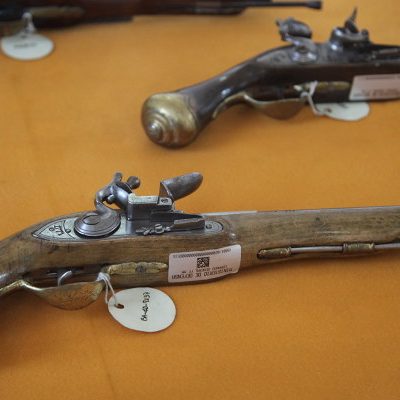
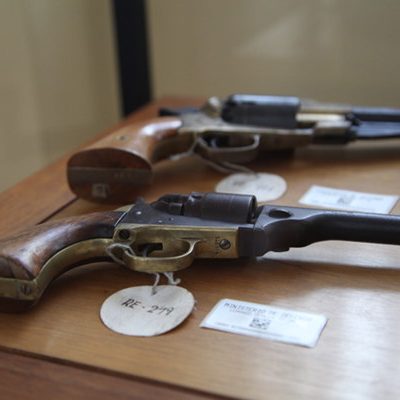
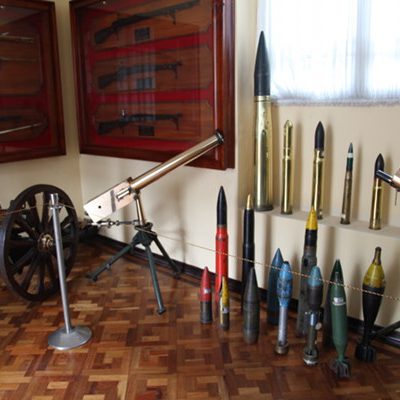
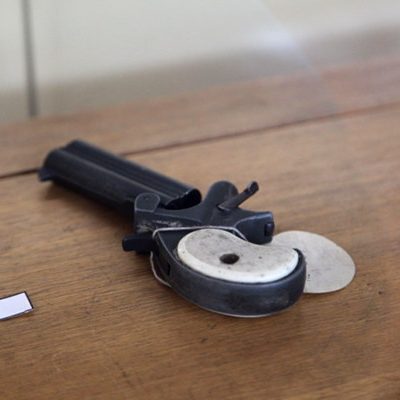
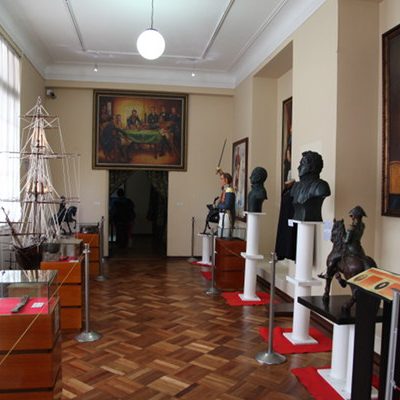
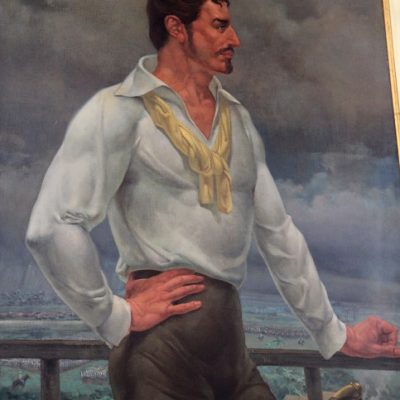
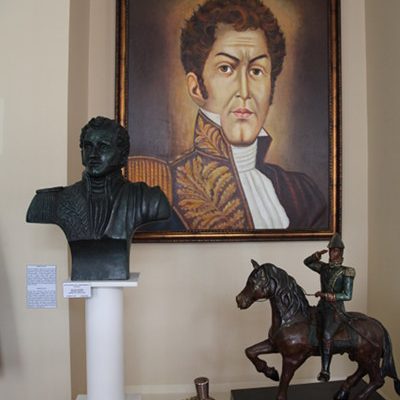
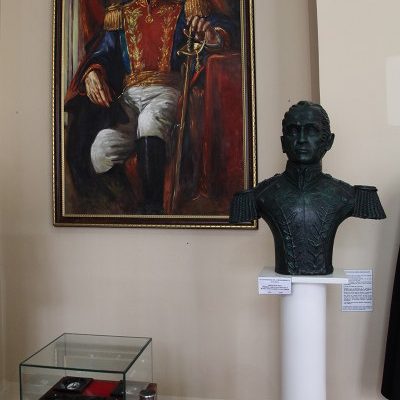
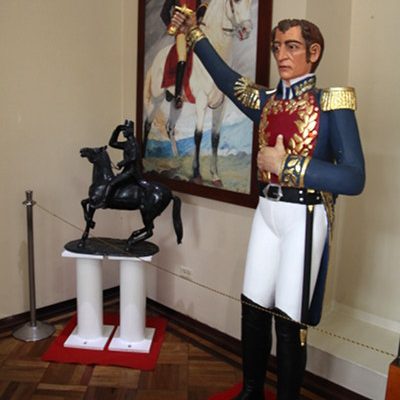
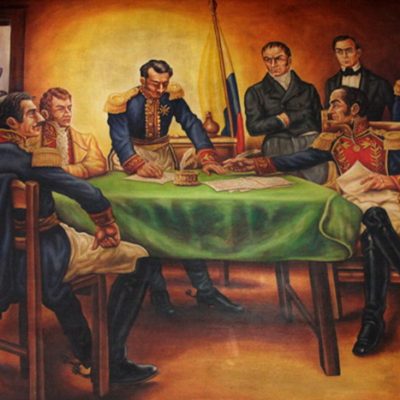
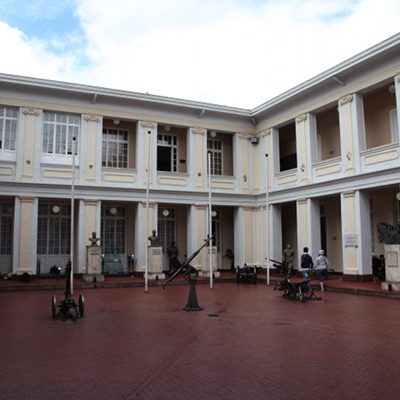
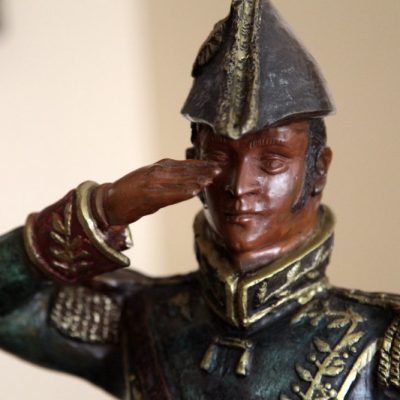
0 comments on “Colombian Military History (in a Nutshell)”Add yours →